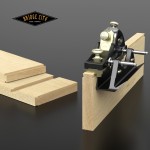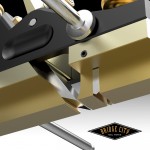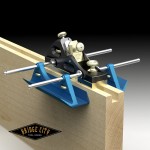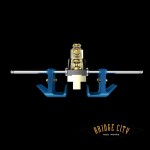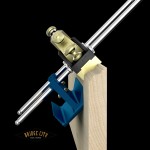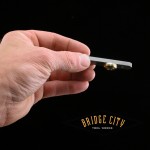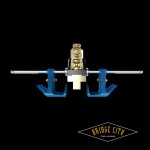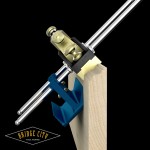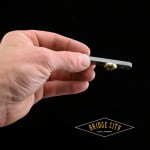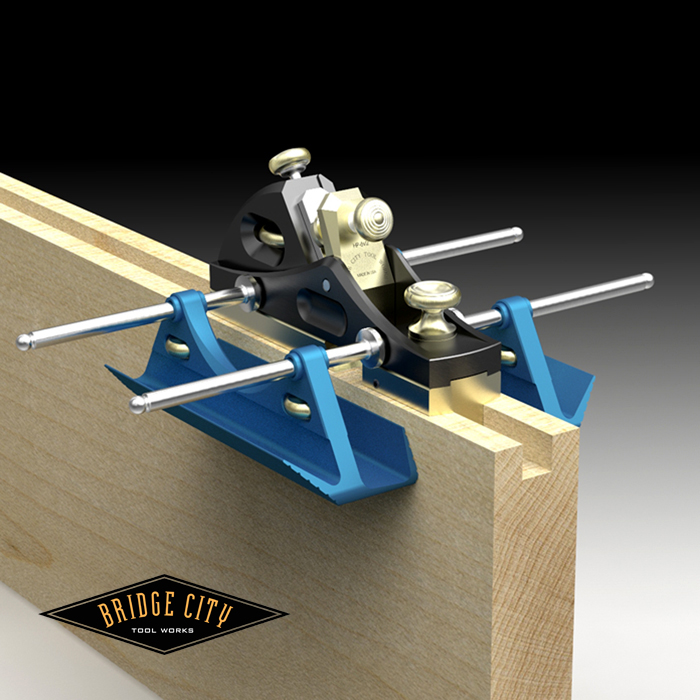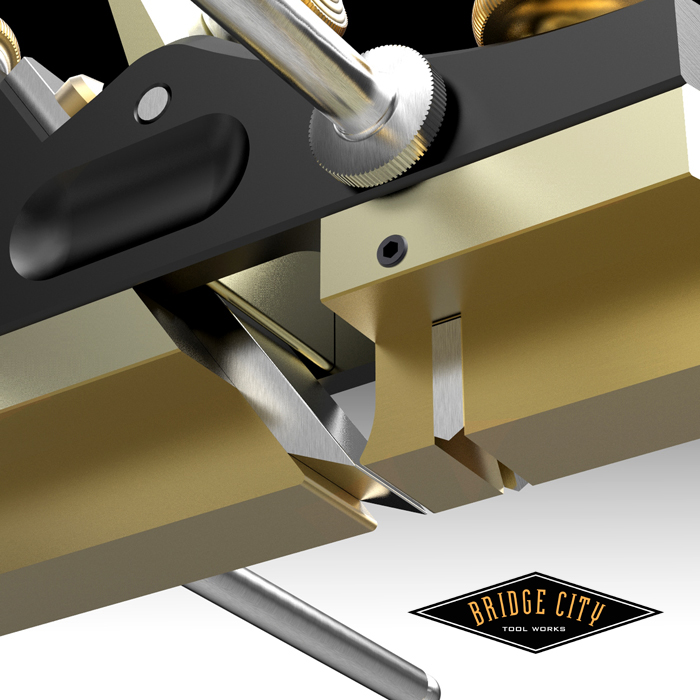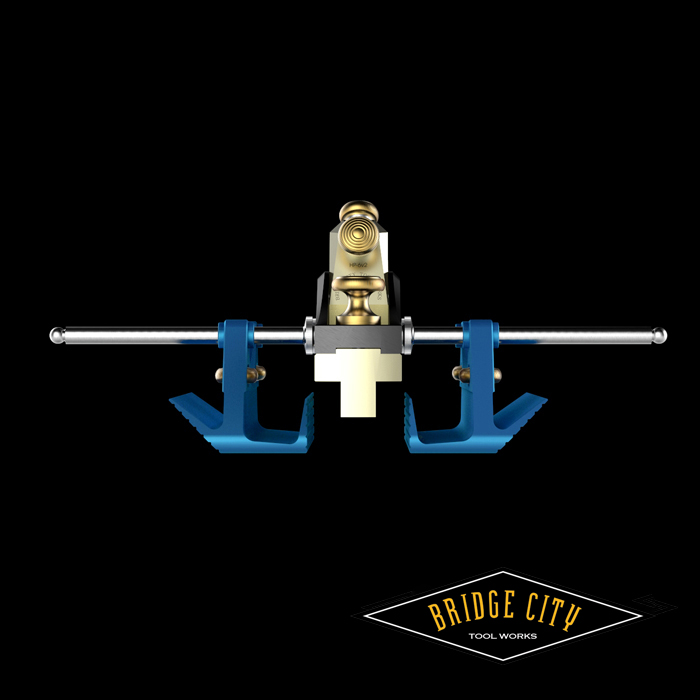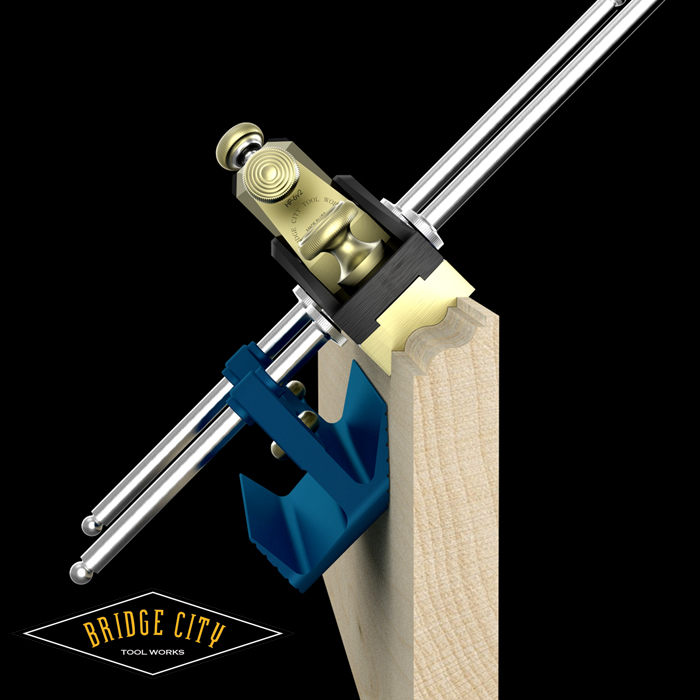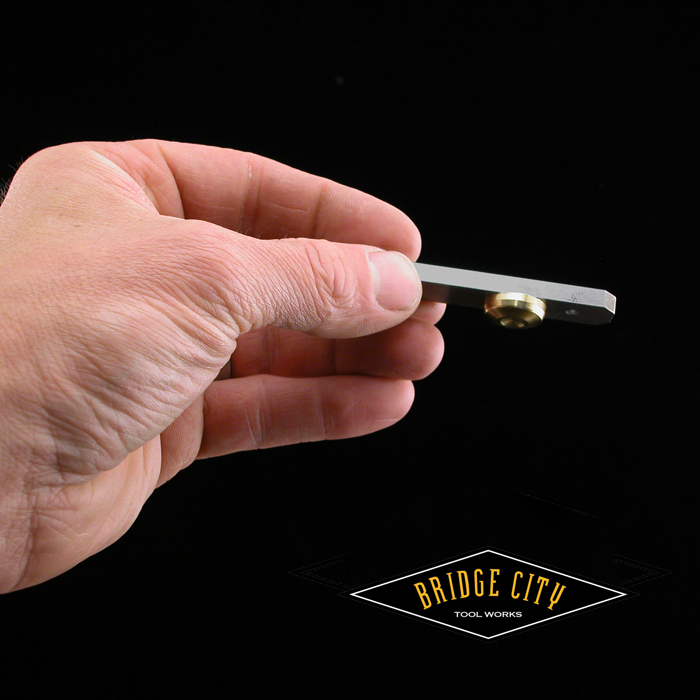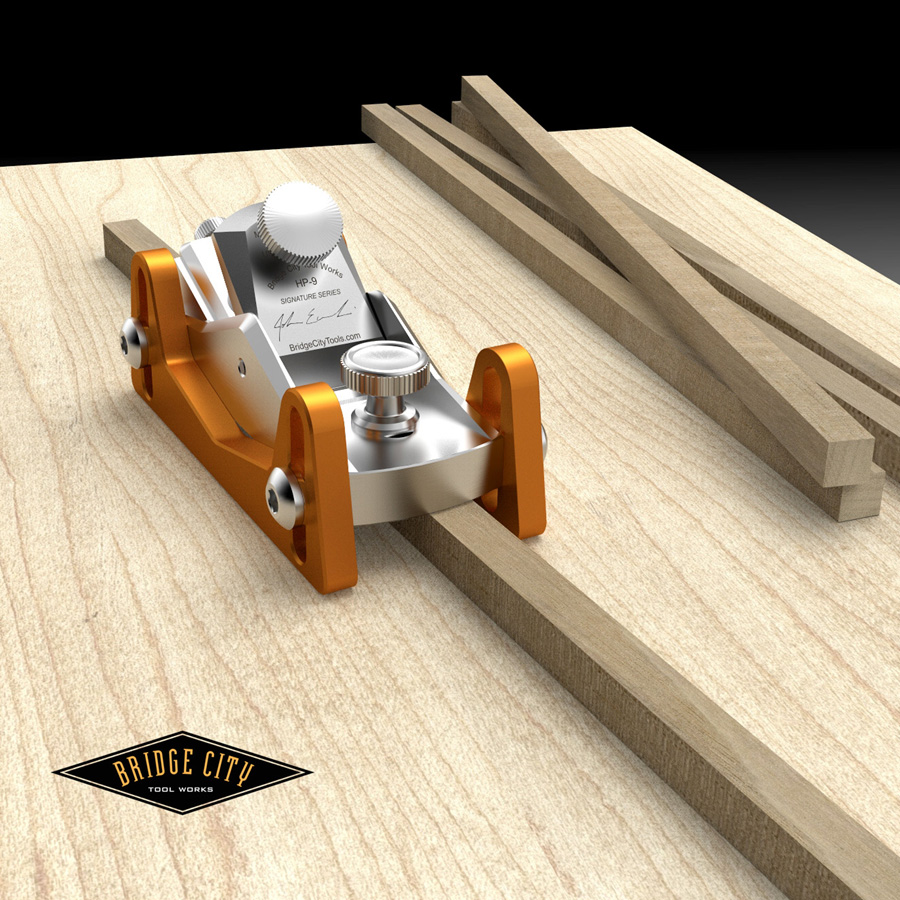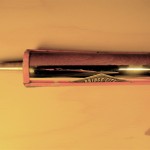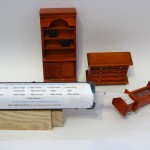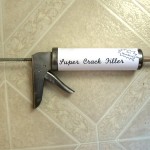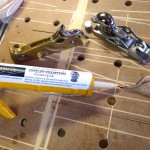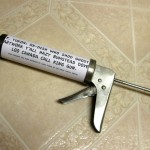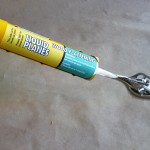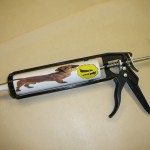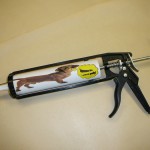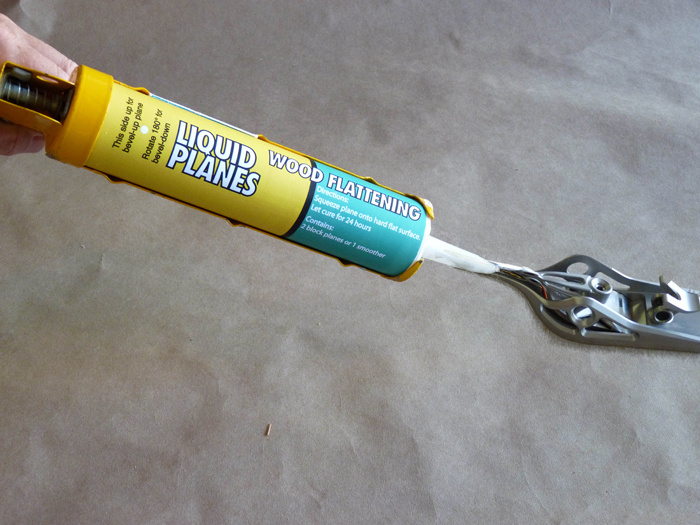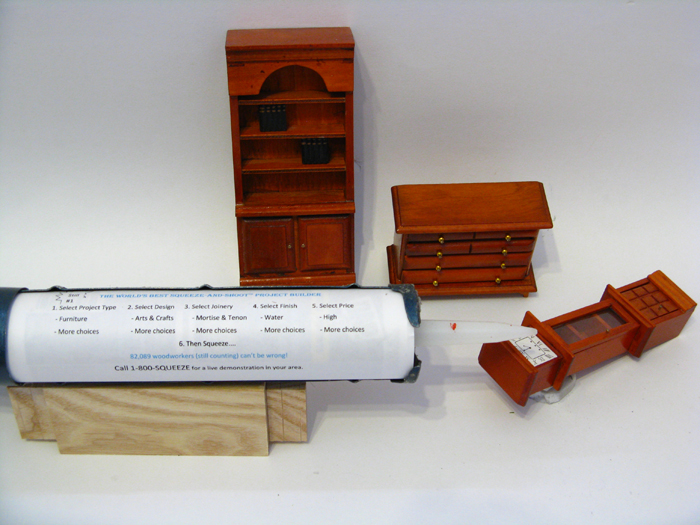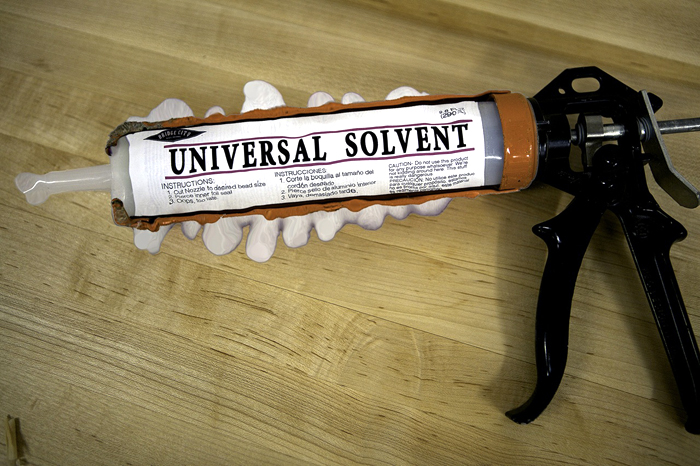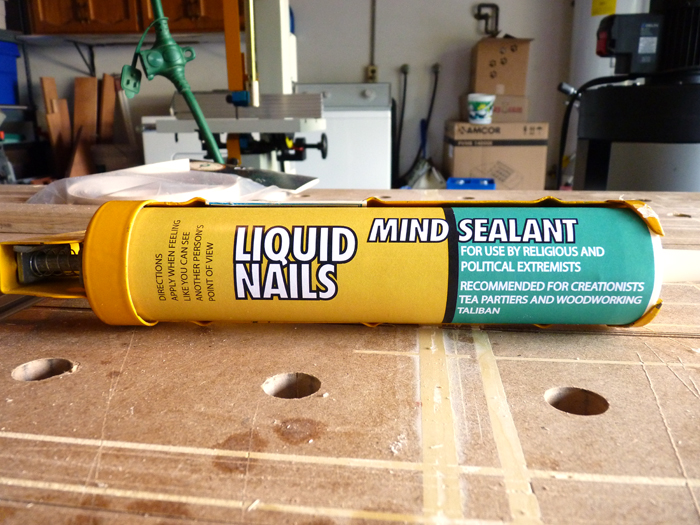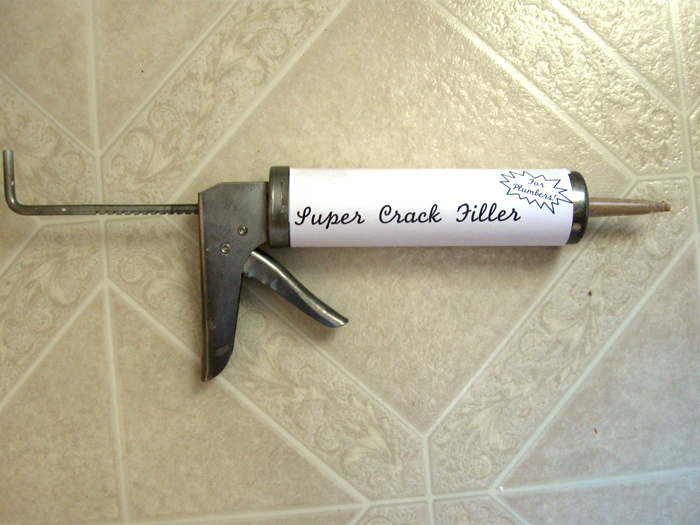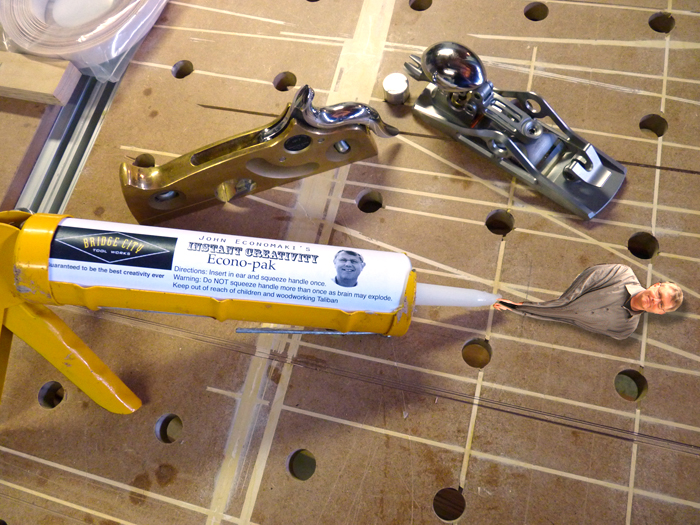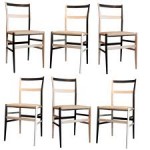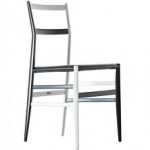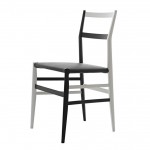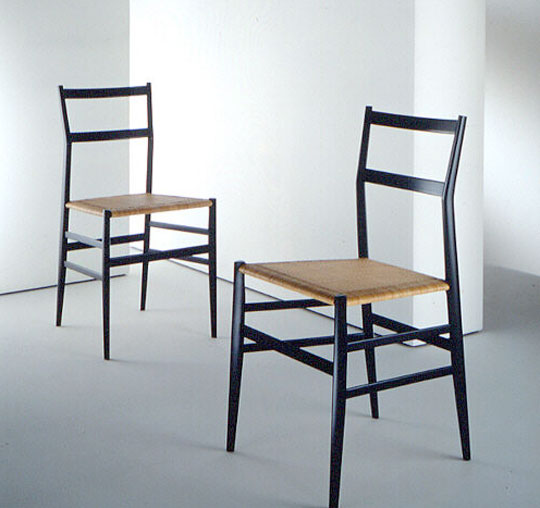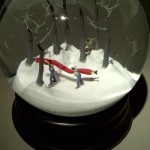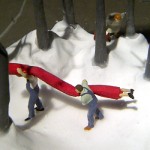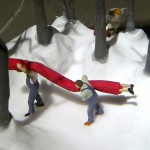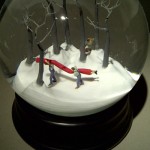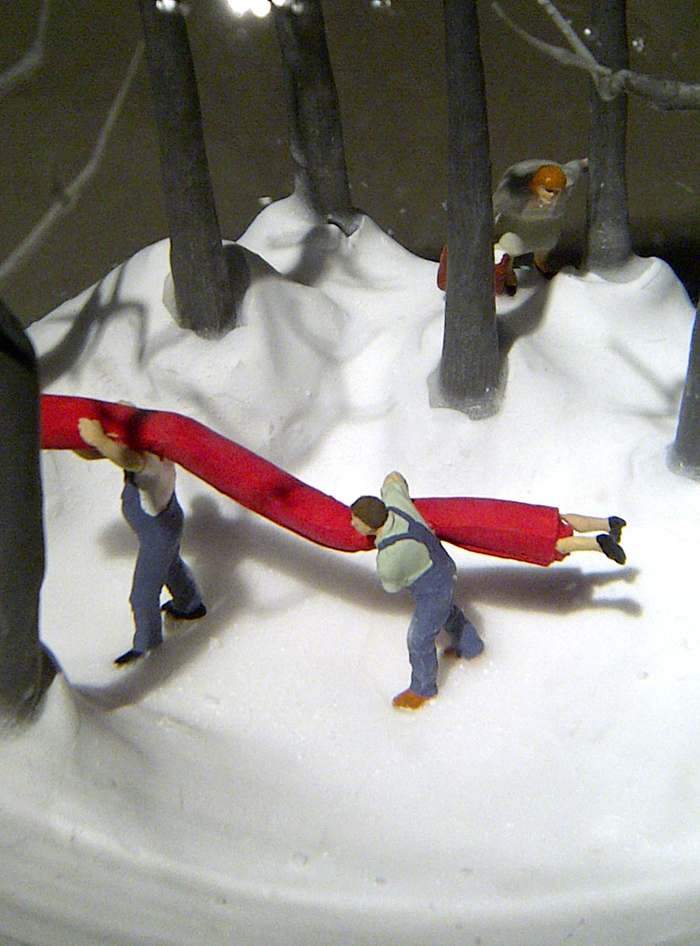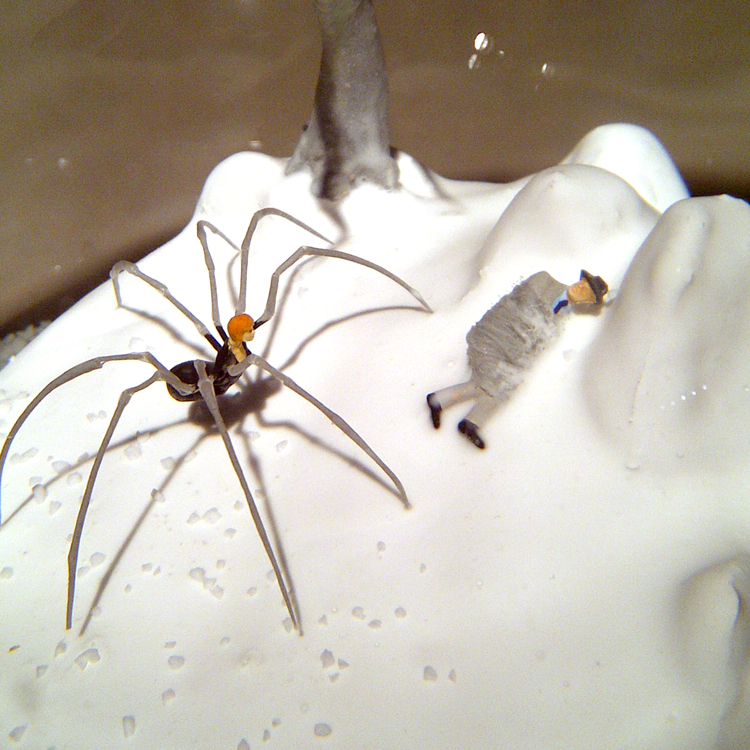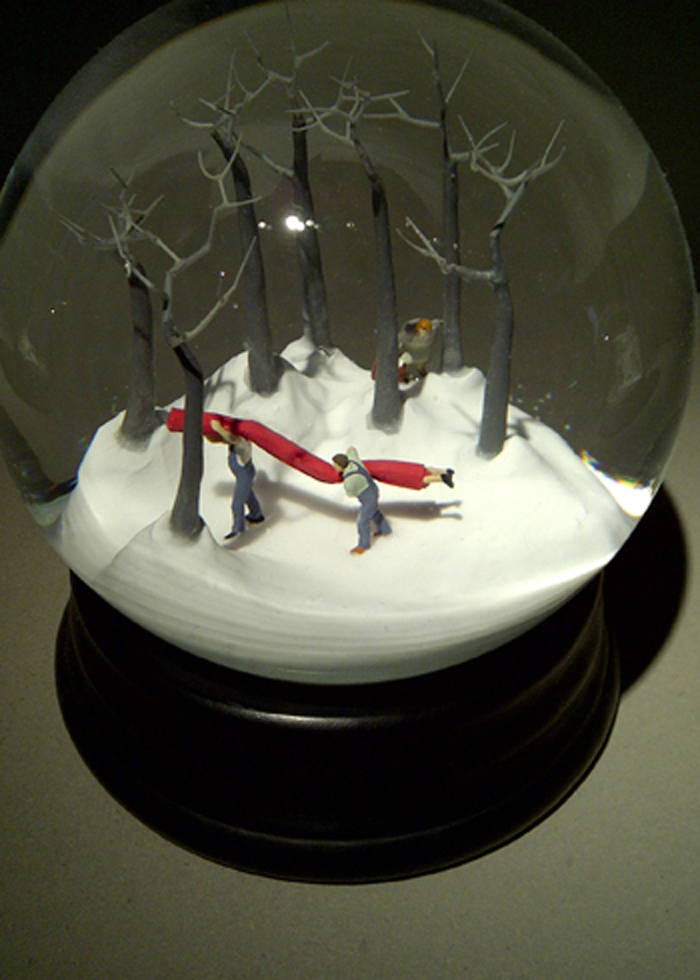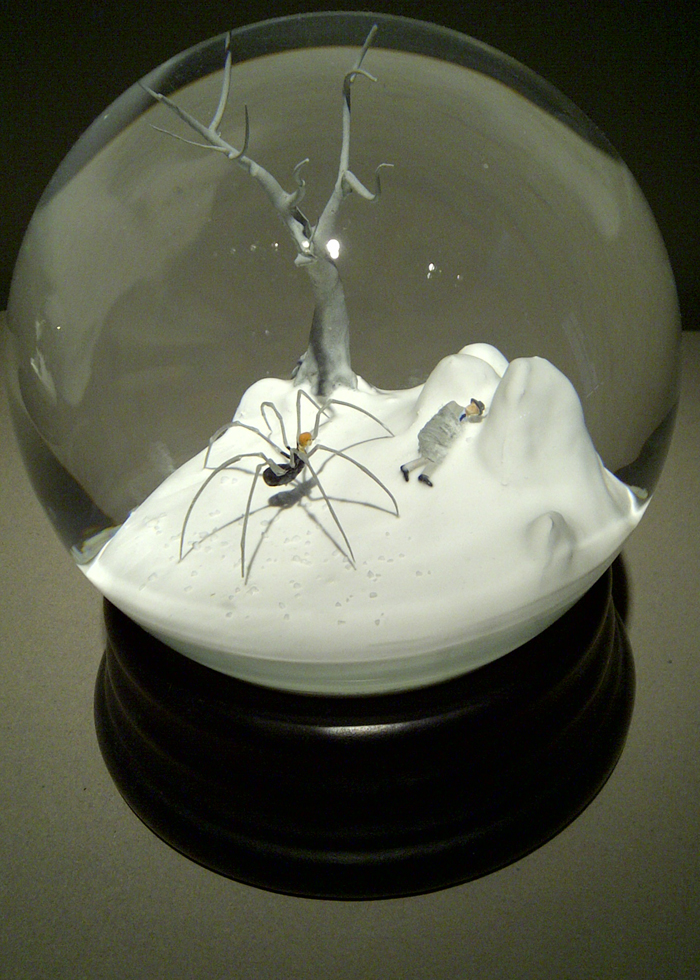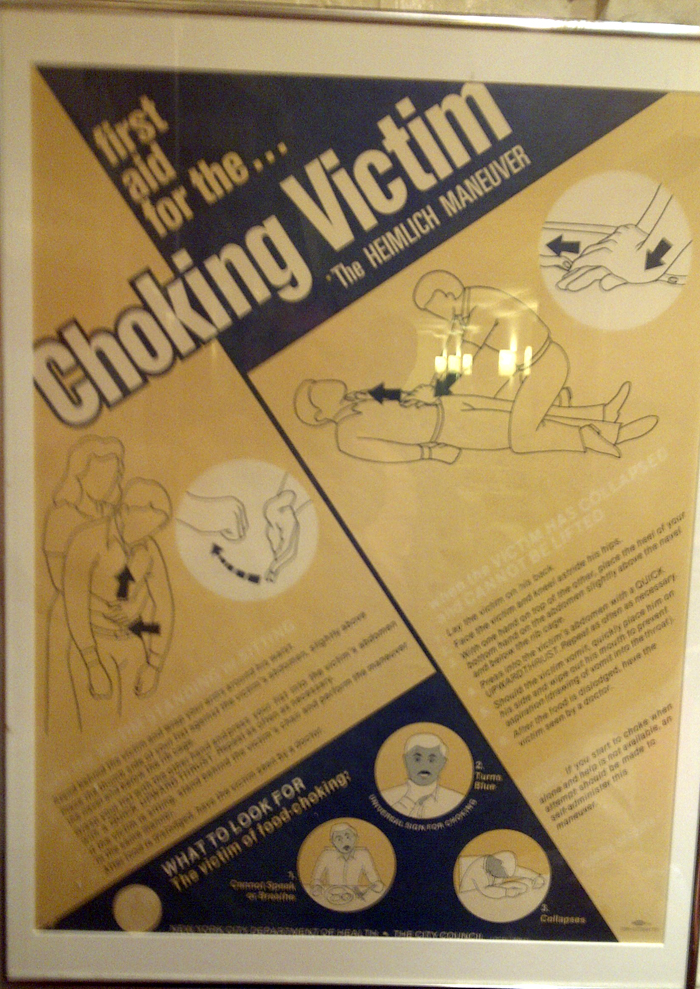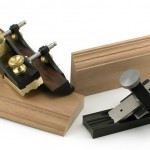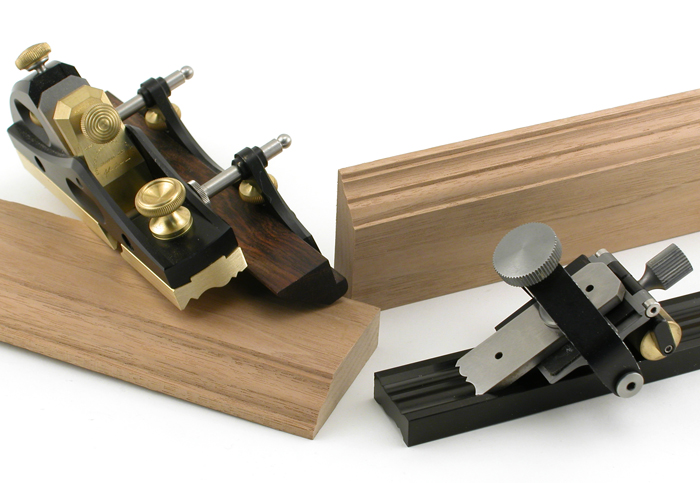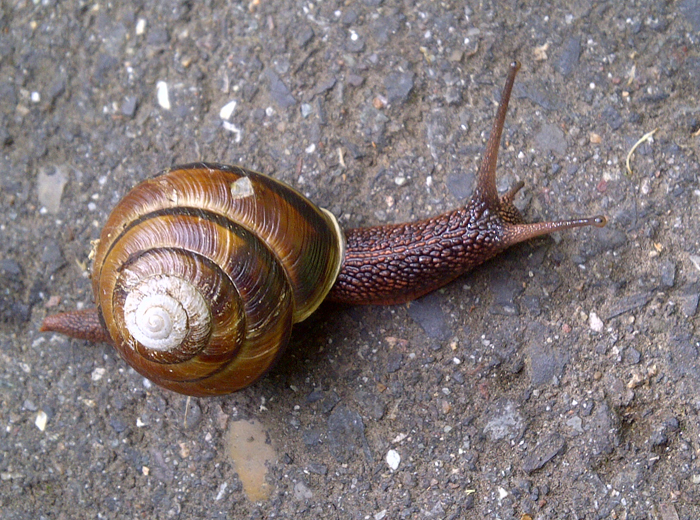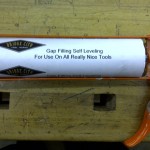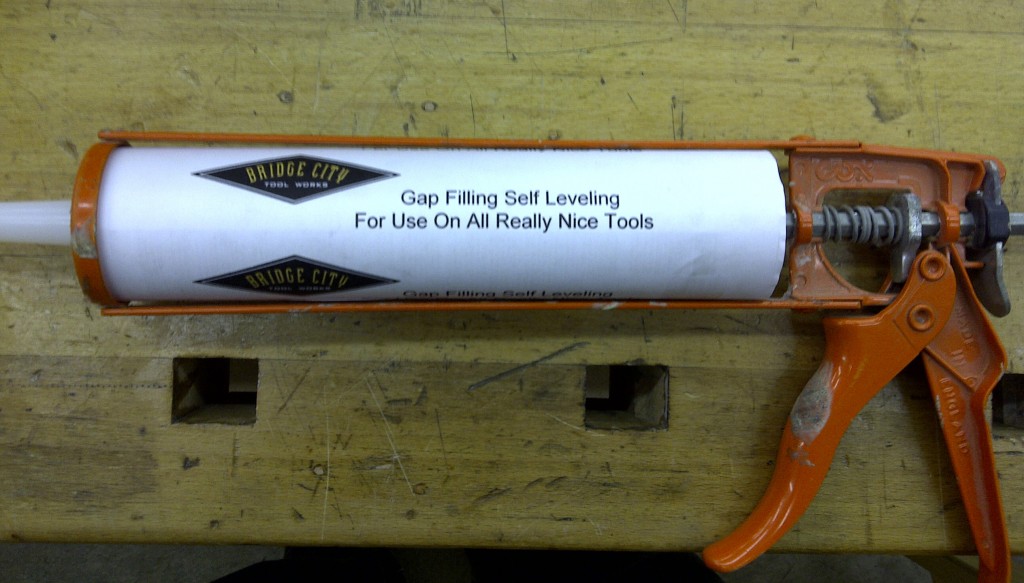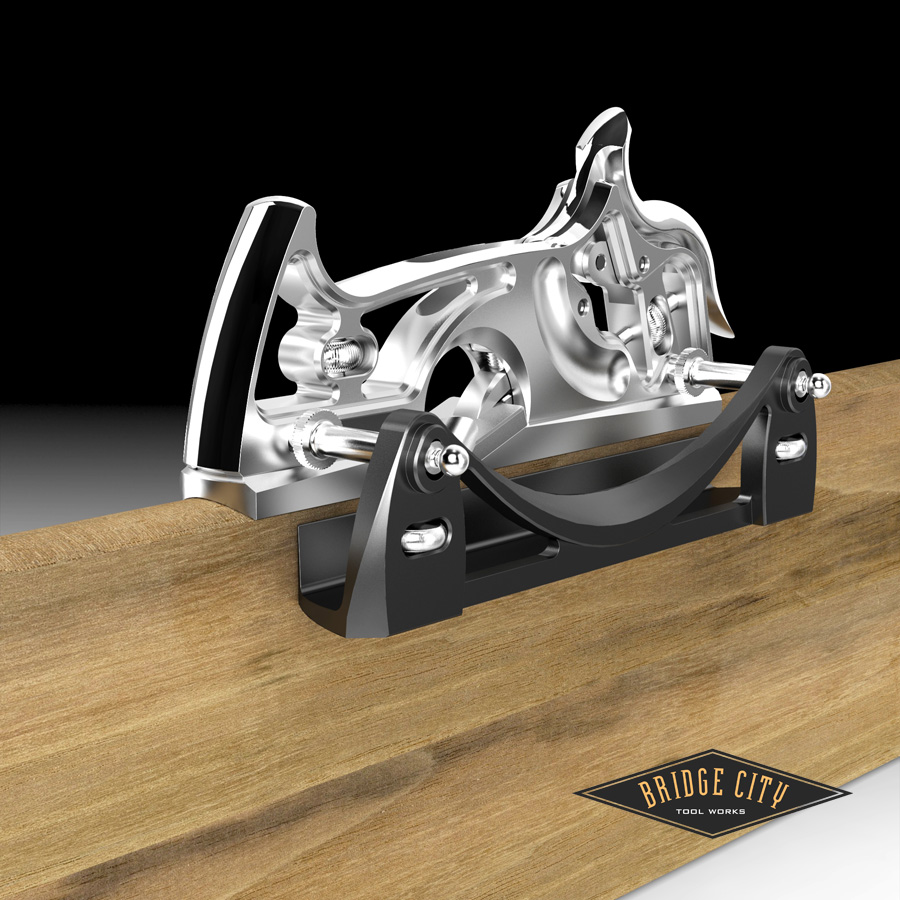________________________________________________________________________________________________
“Don’t expect anything original from an echo.” — Author Unknown
________________________________________________________________________________________________
Geez-I alluded to our upcoming dovetail plane, how it depends on our new dado soles to function, and what happens? The Drivel Starved Nation wants to know more–no rest for the weary around here..
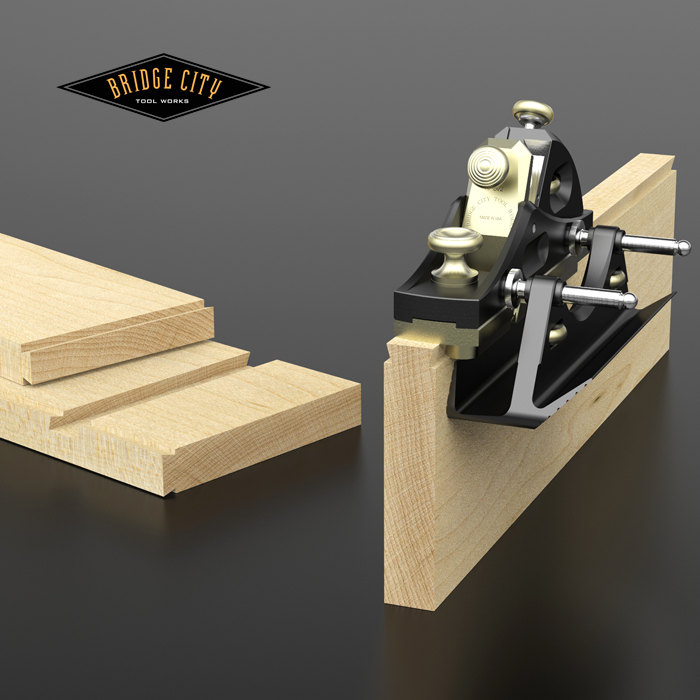
I have made maybe 60 or 70 sliding dovetail joints during my furniture making career. I can say that this joint, at least for me, is one of the most difficult to master–there are so many variables that can leave you more than frustrated. The challenge makes it fun. But that was yesterday…
DAMN! Cooter Ditchman just walked in the office… I am going to hide under my d
“Hi John! Long time no see–did you drop sumpun’ under your desk?”
“Oh hi Cooter-what brings you to Portland?”
“In town for a pitchfork convention and have time to spare…what dat on your monitor?”
“I am working on our new sliding dovetail kits for the HP6v2 and..”
“Looks like the bottom has holes-never seen that before–what dat for?”
“Well Cooter, the system we have developed requires very little thinking-you make the male portion of the joint first, it’s easy, set the fence and cut the right then the left. For those joints longer than 6-8 inches, we will provide a system for tapering the joint. Then you use one of the new HP6v2 dado kits to plow a groove or dado in your stock along a center line. Because the dado sole will cut deeper than the dovetail sole, there is a very precise “shim sole” that fastens to the dado soles when used for sliding dovetails. Using the exact same blade depth setting used to make the male, the dovetail sole will bottom out in the dado or groove.
The only other variable to deal with is the width of the female. We have a new gizmo that will adjust the guides for an exact fit to the male–even if it is tapered.”
“That looks dandy. What is the CT-18 going to be?”
“Cooter, I am not going to tell–it is bad luck–I think your cell phone is ringing.”
“I don’t have no cell phone.”
“Well, I can hear it ringing.”
“OK, gotta go. Member, if you ever get to Floyds Knobs, look me up!”
Hey, his phone really was ringing.
Anyway, as I was saying, if making sliding dovetails is not as easy as making a rabbet, well my name ain’t Cooter Ditchman!
Couple of bullet points:
- When making the male, the plane sole rides on the surface of your stock, and the shoulders are cut with a circular scoring cutter.
- The exact same iron setting is used to make the female.
- We will do all the math for you. You will need to keep your iron sharp, and do the pushing.
- The iron cuts from the side. It will shrink after repeated sharpening and lose the relationship with the sole. How do you think we fixed that?
- Blind dovetails are accomplished by banding.
- You will be able to obtain two different shim soles for the dado kits to vary the height of your dovetails.
- Questions?
So, if you want to add an almost foolproof way to make sliding or tapered dovetails, it begins with our two new dado kits. Make sense?
THE MOST AMAZING OPTICAL ILLUSION I HAVE EVER SEEN DEPT:
Look at this image. Believe it or not, the blue and green stripes are the same color. Read about it here.

–John


